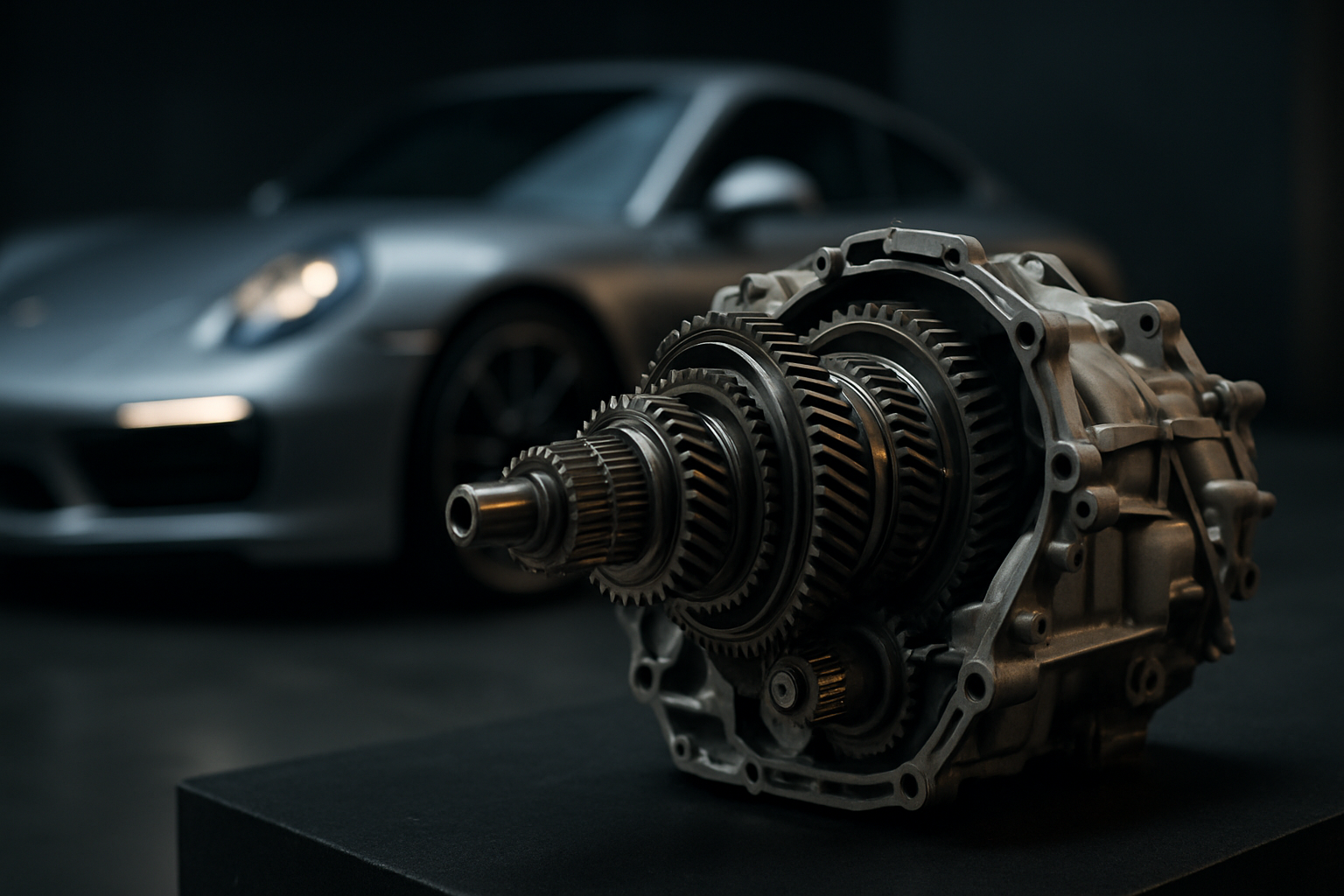Shifting Gears: The Emergence and Influence of Dual Clutch Transmissions
In the vast universe of automotive technology, certain innovations have left indelible marks on the industry landscape. One such technology is the Dual Clutch Transmission (DCT). Originating in racing, where every millisecond counts, the DCT has gradually permeated the wider auto industry, revolutionizing the driving experience for both performance enthusiasts and everyday motorists.

The Genesis of Dual Clutch Transmission
The Dual Clutch Transmission made its debut in the 1980s in Porsche’s racing cars. Designed as a solution to the inherent limitations of traditional manual and automatic transmissions, the DCT was a game changer. It utilized two separate clutches: one for odd gears and one for even, enabling seamless gear changes without disrupting the power flow. This revolutionary technology offered both the driver involvement of a manual transmission and the ease of an automatic, making it a favorite among car manufacturers and drivers alike.
Current Trends and Applications: DCT in Today’s Autoscape
Today, the DCT has become a sought-after feature in a wide range of vehicles, from luxury sedans to sporty hatchbacks. Its popularity stems from its ability to deliver smooth, rapid gear changes, maximizing driving performance while maintaining fuel efficiency. Many leading automakers, including Volkswagen, Mercedes-Benz, and Ford, have adopted this technology in their flagship models.
Impact and Benefits: A Paradigm Shift in Driving Dynamics
The advent of DCTs has undoubtedly altered the dynamics of driving. It allows for quick, seamless gear changes, reducing the time spent in neutral and maintaining a constant power delivery. This results in improved acceleration and performance. Moreover, the technology also facilitates better fuel efficiency by ensuring the optimal gear is always engaged, leading to lower emissions.
The Challenges: Not All Smooth Driving
Despite its many advantages, DCT technology also brings with it some challenges. Its complex design makes it more expensive to manufacture and maintain. Moreover, the technology is not suited for all driving conditions, and can exhibit jerky operation in slow traffic or during hill starts. However, as with any technology, these issues are continually being addressed, and improvements are being made to enhance the overall performance and usability of DCTs.
In conclusion, the Dual Clutch Transmission has significantly impacted the automotive industry, offering a blend of performance and convenience that has redefined driving. It symbolizes a significant step forward in transmission technology, and though it may come with its own set of challenges, its benefits far outweigh the drawbacks. From the racetracks to the highways, the DCT has proven its worth and continues to shape the future of motoring.





